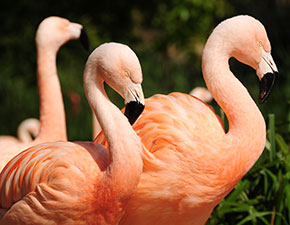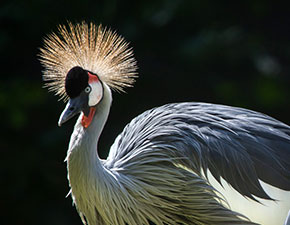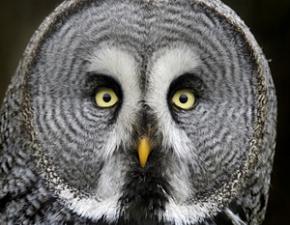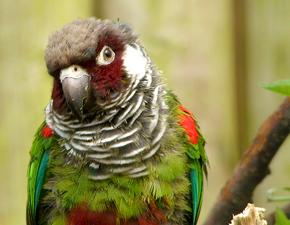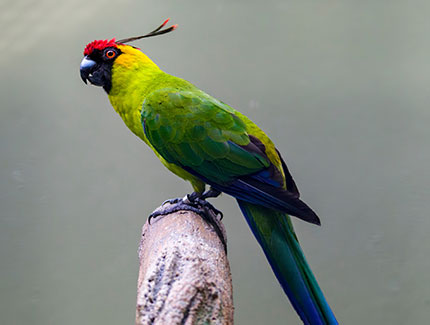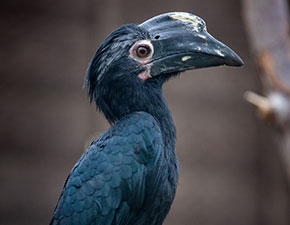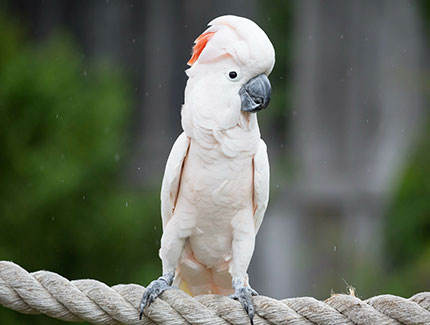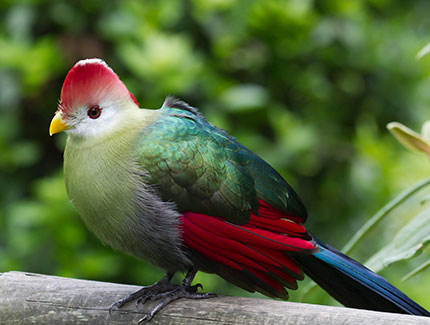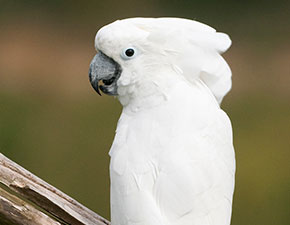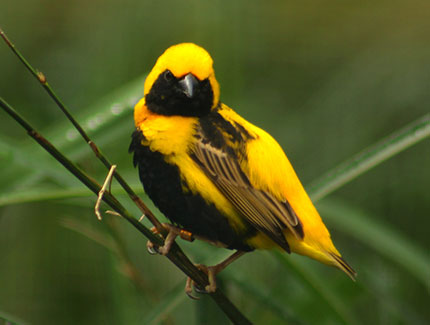
Emu
Dromaius novaehollandiae
IUCN red list status:
Least Concern
For more informations, please visit iucnredlist.org

The Emu is native to Australia and inhabiting nearly the entire continent especially in savannah woodlands, grasslands, and subtropical climates.

They are omnivorous birds with a varied diet of plants, seeds, insects, fruit and even wheat crops.

Mating season is December to January, then nesting occurs around 50 days after mating. They lay from 5 to 24 turquoise eggs over a few days, with the eggs hatching after 48-56 days of incubation.

Emus can live 5-10 years in the wild, but up to 20 years in captivity.
Emu
About the Emu
The Emu may not be able to fly, but for such a big bird it can run very fast. This flightless bird has small wings relative to the size of its body. Its long, powerful legs allow it to run up to about 30 miles per hour. They are among the largest birds in the world and they're found primarily in Australia. Their grey-brown body feathers provide almost complete protection from solar radiation. These bireds live in grasslands, savannas, and forests, preferring areas with access to standing water.
Mating pairs stay together for up to five months, after which females lay large eggs in expansive ground nests. The males incubate the eggs for about seven weeks without leaving the nest, while the feamles move on - sometimes mating with a different male in the same season. Chicks stay with the male for about four months, until they are able to eat on their own.
Did you know?
They are a flightless bird and are related to the Ostrich. Emus communicate by using an inflatable neck sack and can create sounds loud enough to be heard 2 km away. The name “emu” resembles its signature call, heard as “e-moo”.
